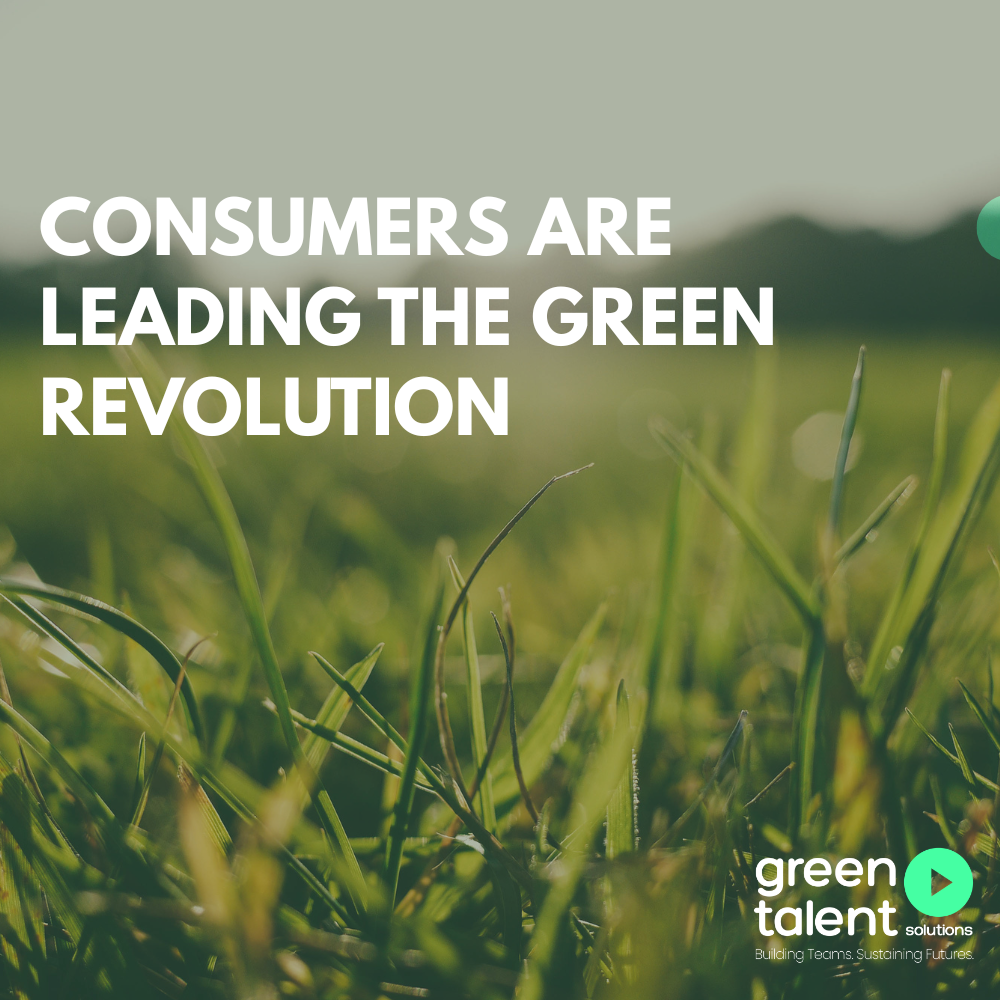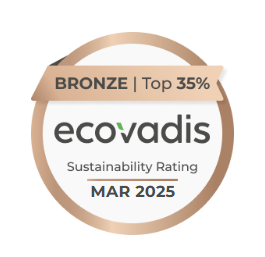The Future of Work Is Green
How Governments and Businesses Can Co-Design Green Jobs Pipelines
The transition to a low-carbon economy is reshaping the world of work.
As clean energy, circular economy models, and sustainability-led innovation accelerate, demand for green skills is rising faster than supply.
The International Labour Organisation (ILO) estimates that the global shift to net zero could create over 24 million green jobs by 2030, but many economies lack the talent pipelines to fill them. Without collaboration, the gap between climate ambition and workforce readiness will only grow.
The solution lies in co-design: governments, businesses, and educators working together to build green jobs pipelines that are agile, inclusive, and future-proof.
1. Why Collaboration Matters: Aligning Policy, Industry, and Skills
Sustainability doesn’t happen in isolation. Governments set the direction, through climate policies, clean energy investment, and incentives, but it’s businesses that turn those goals into reality.
Too often, there’s a disconnect: policy frameworks evolve faster than industry can adapt, while employers struggle to recruit workers with the right sustainability and data-driven skillsets.
When governments and businesses co-design green jobs pathways, that gap narrows.
Collaboration ensures policy goals are matched with real-world labour demand, creating jobs that are both economically and environmentally sustainable.
Key collaboration strategies include:
- Shared labour intelligence: Joint forecasting to understand where green skills are most needed.
- Public–private investment: Co-funding upskilling and reskilling programmes in key industries.
- Stable, clear frameworks: Policies that give businesses the confidence to invest in green talent long-term.
When both sectors move in sync, sustainability goals turn into measurable employment outcomes.
2. Building the Skills Ecosystem: Education, Reskilling, and Lifelong Learning
A strong green jobs pipeline relies on a skills ecosystem that connects learning and employment.
Governments can integrate sustainability and digital literacy into national education systems, while businesses offer apprenticeships, placements, and on-the-job training that reflect industry realities.
Examples of successful models include:
- The UK Green Jobs Taskforce, aligning education, business, and policy on net zero skills.
- Germany’s public–private training hubs for renewable energy and sustainable engineering.
- Singapore’s SkillsFuture programme, supporting lifelong green reskilling for all citizens.
For employers, investing in sustainability education isn’t just a social contribution, it’s a strategic imperative. A workforce fluent in ESG, energy efficiency, and climate data is better equipped to innovate and meet stakeholder expectations.
Governments also have a responsibility to ensure inclusivity, supporting regions in transition, workers in legacy sectors, and young people entering the job market. The green transition must be just, not just fast.
3. Technology, Data, and Innovation in Workforce Planning
Digital transformation is a cornerstone of the green economy.
AI, data analytics, and automation can map workforce trends, identify skill gaps, and direct resources to where they’ll have the biggest impact.
Collaborative opportunities include:
- Data sharing: Governments and employers pooling anonymised data to forecast green job demand.
- Digital skills mapping: AI models to identify transferable skills in existing workforces.
- Innovation clusters: Supporting green tech startups that drive sustainable job creation.
With the right digital infrastructure, governments can plan smarter interventions, and businesses can act faster, creating a responsive, evidence-based green skills ecosystem.
4. From Policy to Practice: Creating Lasting Impact
The ultimate goal isn’t just job creation, it’s systemic transformation.
Co-designed green jobs pipelines should endure beyond election cycles or funding rounds, forming the backbone of resilient, sustainable economies.
Governments should act as conveners, bringing together academia, business, and regional authorities, while businesses step up as ecosystem leaders, embedding sustainability into every stage of talent strategy.
To make co-design stick:
- Establish Green Skills Councils to coordinate national and regional efforts.
- Measure and report outcomes like job creation, emissions reduction, and diversity.
- Tie funding to measurable sustainability results for transparency and accountability.
When collaboration becomes culture, the payoff is enormous: thriving industries, skilled citizens, and a net zero economy built to last.
Shaping the Future of Green Talent Together
The green transition is not a spectator sport, it’s a partnership.
Governments, businesses, and educators each hold a piece of the solution. By co-designing green jobs pipelines now, we can close the skills gap, unlock innovation, and ensure no one is left behind in the race to net zero.
If your organisation is ready to build its green talent strategy or explore data-led workforce planning for sustainability, now’s the time to act.
👉 Partner with Green Talent Solutions to shape the future of green skills and sustainable talent.
Let’s create the pipelines that power a greener, smarter economy, together.














